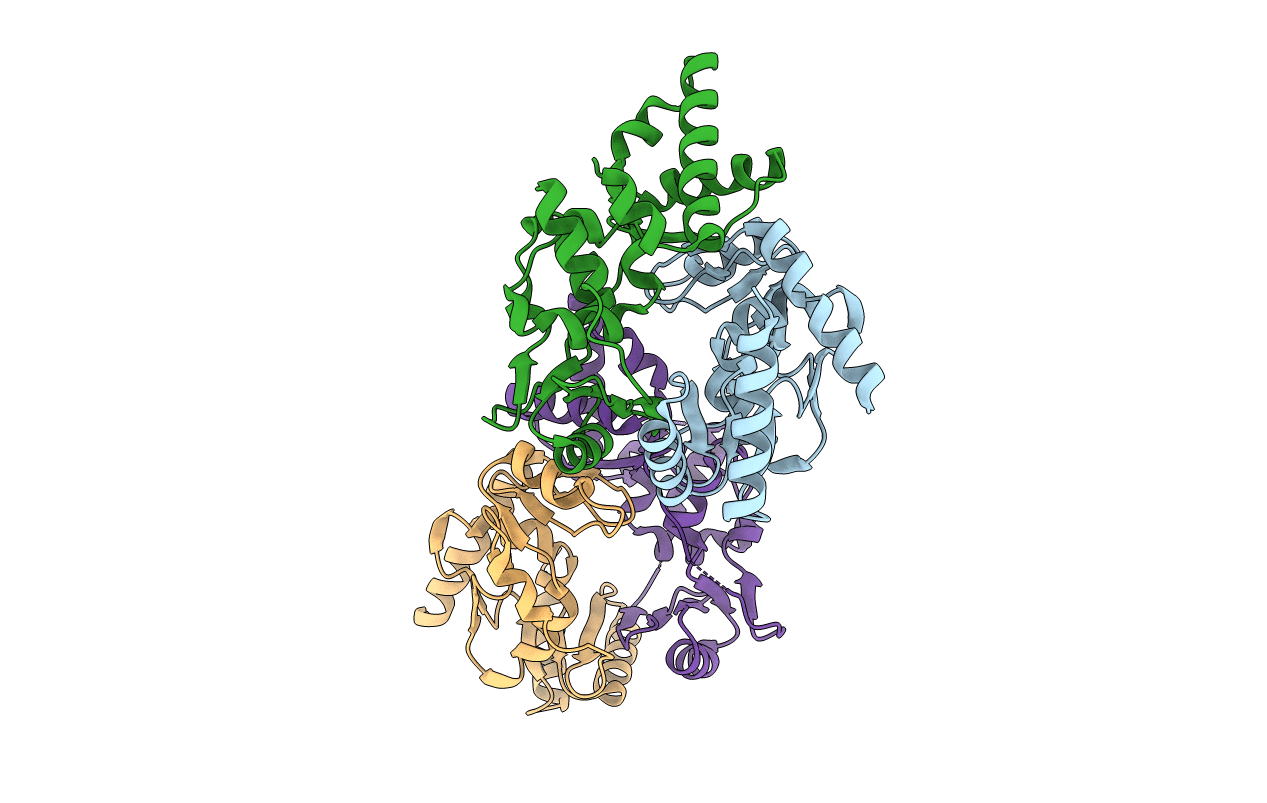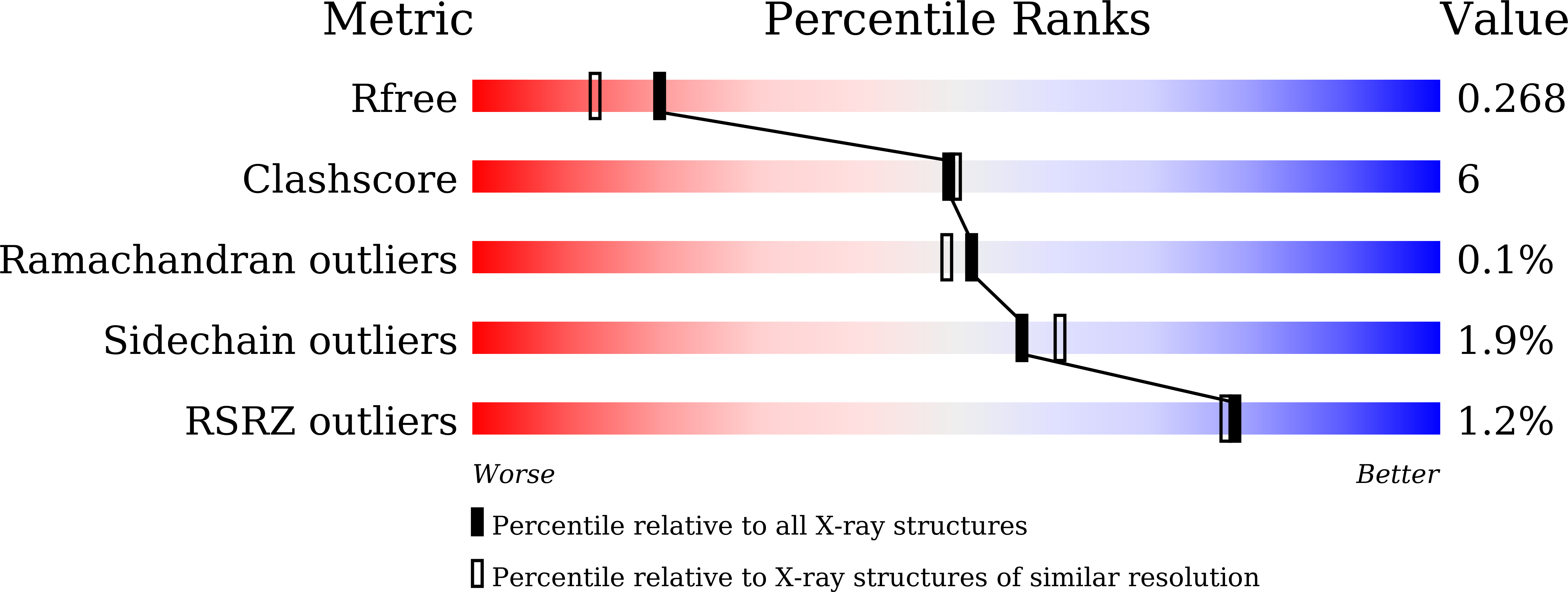
Deposition Date
2020-11-11
Release Date
2021-11-17
Last Version Date
2023-11-29
Entry Detail
PDB ID:
7DG5
Keywords:
Title:
Crystal structure of mouse Smc1-Smc3 hinge domain containing a D574Y mutation
Biological Source:
Source Organism:
Mus musculus (Taxon ID: 10090)
Host Organism:
Method Details:
Experimental Method:
Resolution:
2.00 Å
R-Value Free:
0.26
R-Value Work:
0.21
R-Value Observed:
0.22
Space Group:
P 1


